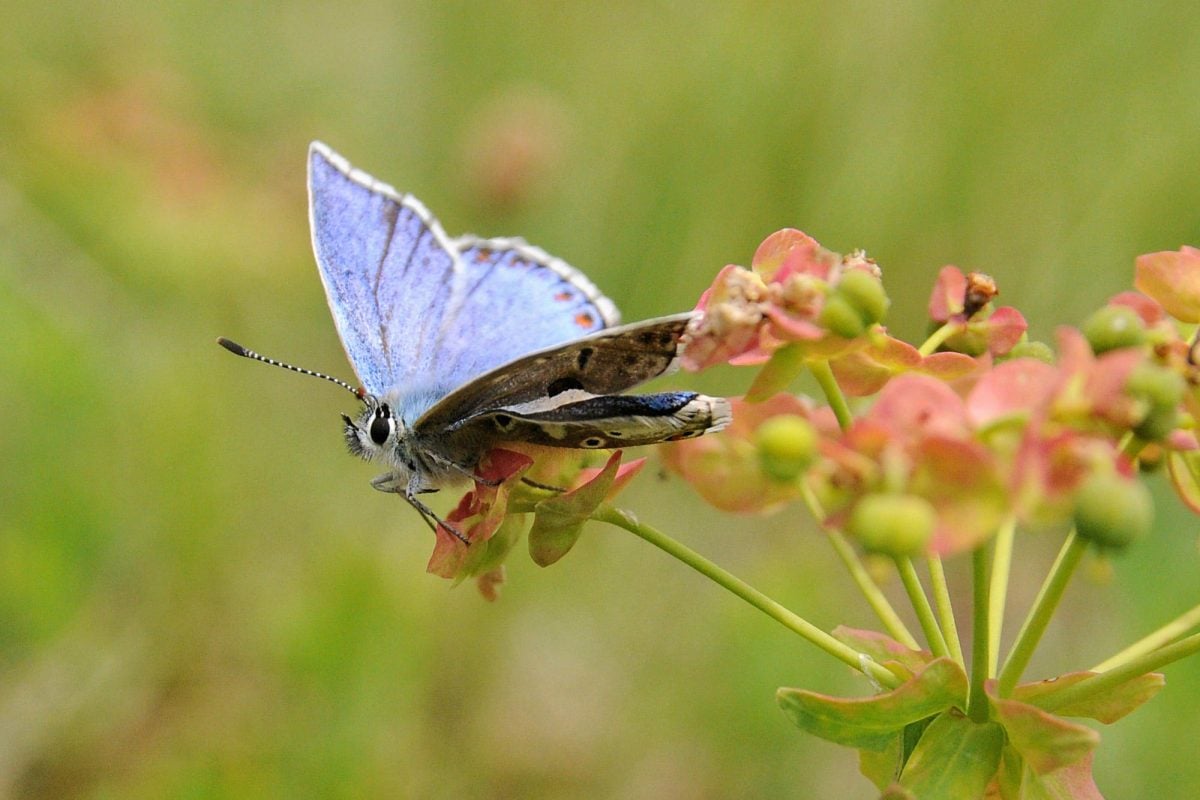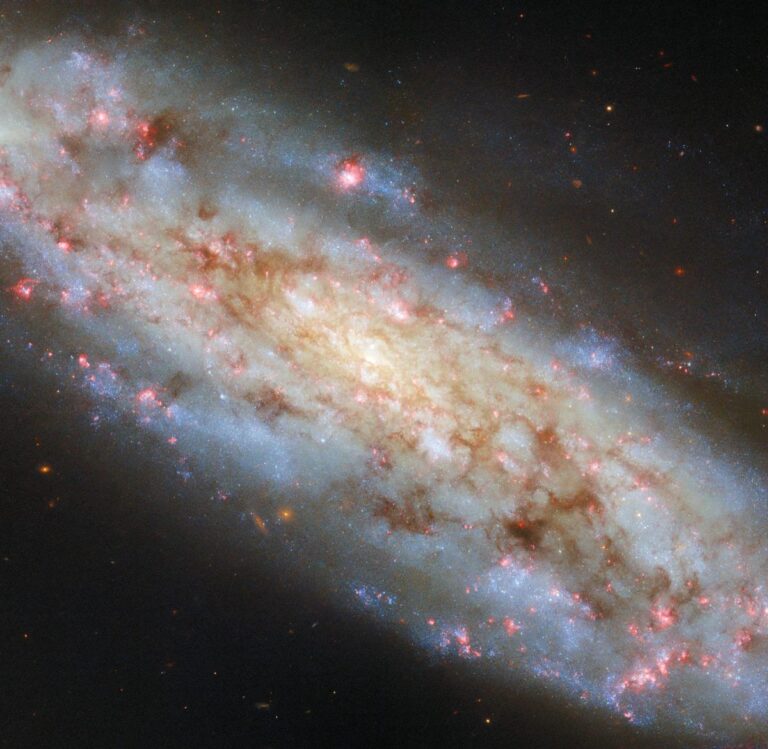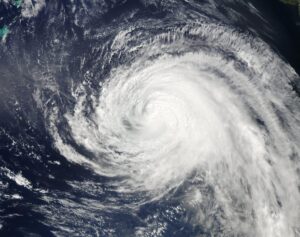Introduction
A groundbreaking study from Yale University has issued a stark warning: the delicate balance of ecosystems is being thrown into chaos due to what researchers call the “Reverse Butterfly Effect.” Unlike the classic butterfly effect—where small changes can lead to vast consequences—this reversed phenomenon suggests that large-scale environmental disruptions are accelerating species decline at an alarming rate. This study particularly highlights how climate change, habitat destruction, and pollution are pushing countless flying species, including insects and birds, toward extinction.
Understanding the Reverse Butterfly Effect
Traditionally, the butterfly effect describes how a minor action can trigger a chain of events leading to significant outcomes. The Reverse Butterfly Effect, however, implies that substantial environmental changes are collapsing delicate ecological networks, leading to widespread and often irreversible consequences. For instance, mass deforestation or rising global temperatures are not only harming one species but triggering cascading effects throughout the food chain.
Key Findings from the Yale Study
Decline in Pollinators
Pollinating insects, such as bees and butterflies, are vanishing due to habitat loss and pesticide overuse. This decline jeopardizes global food production, as nearly 75% of crops depend on pollination.
Bird Populations Plummeting
The study found that many bird species, especially migratory ones, are struggling to adapt to changing climates and disappearing nesting grounds. With fewer insects available due to ecosystem imbalances, many bird populations are experiencing food shortages.
Disrupted Food Chains
The decline of flying species is creating gaps in food webs. Predators reliant on insects and small birds face starvation, while plants that depend on pollination struggle to reproduce, leading to declining biodiversity.
Impact of Climate Change
Rising global temperatures are shifting migration patterns and disrupting seasonal breeding cycles. Some species arrive at their breeding grounds too early or too late, leading to reproductive failures.
The Ripple Effect on Ecosystems
The extinction of flying species goes beyond just the loss of individual organisms. Their disappearance disrupts entire ecosystems, leading to:
Reduced Crop Yields: With fewer pollinators, agricultural production declines, impacting food security.
Increased Pest Populations: Without natural insect predators, pests can thrive, damaging crops and spreading diseases.
Forest Degradation: Birds play a crucial role in seed dispersal. Their decline hampers forest regeneration and biodiversity.
Urgent Conservation Measures Needed
The Yale study calls for immediate global action to counteract this environmental crisis. Some proposed measures include:
Reducing Pesticide Use: Limiting harmful chemicals can help restore pollinator populations.
Habitat Restoration: Protecting and reforesting key areas can provide essential nesting and feeding grounds.
Climate Change Mitigation: Reducing carbon emissions can help stabilize environmental conditions for at-risk species.
Strengthening Conservation Policies: Governments must implement stronger protections for endangered species and their habitats.
Conclusion
The Reverse Butterfly Effect is an urgent warning sign that ecosystems are unraveling at a dangerous pace. Flying species are essential to maintaining ecological balance, and their disappearance could have devastating consequences for the planet. Immediate action is needed to curb habitat destruction, combat climate change, and implement conservation strategies to prevent mass extinctions. The time to act is now, before the flight toward extinction becomes irreversible.

















+ There are no comments
Add yours